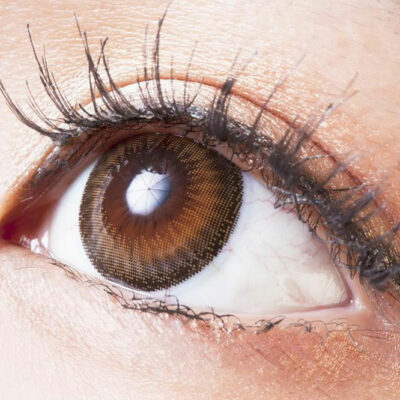
Botox Therapy for Excessive Sweating
Hyperhidrosis is a disorder of excessive sweating that typically occurs in the axillae, palms, soles, and face. This condition is categorized by excessive sweating even when the temperature is not hot and there is no physical exertion. Surveys show that this disorder affects up to 2.8% of the people in the country. Hyperhidrosis causes considerable physical, psychosocial, and occupational impairments.
Botulinum toxin therapy to cure hyperhidrosis
Currently, Botulinum toxin type A (BTX-A) injections have shown promising results with very few adverse effects. The therapy includes injecting the toxin into areas where there’s excessive sweating. Recent research on the uses of botulinum toxin provides evidence supporting its use for the management of primary focal hyperhidrosis. While treating excessive underarm sweating, Botox has shown a result of up to 87% decrease in sweating. The effect of the treatment starts to show from as early as the second day. However, the results of full effects are noticed usually within two weeks.
When the body temperature rises, normally, the nervous system activates the sweat glands to cool the body. Hyperhidrosis is caused by overactive sweat glands. Botox treatment is meant to block the nerves responsible for the overactive sweat glands.
Botox therapy prevents sweating in the area where it is injected. The therapy typically involves paralyzing the sweat glands by blocking the neurotransmitter that stimulates the glands. The treatment requires several injections into the focal points of sweat and can last for up to 32 weeks. This type of treatment received approval from the FDA in 2004.
Botox vs other treatments for hyperhidrosis
Several surgical and non-surgical therapies to deal with the disorder include topical aluminum salts, tap-water iontophoresis, oral anticholinergic agents, local surgical approaches, and sympathectomies. Some therapeutic strategies are limited by incidences of adverse effects and complications, which may sometimes be permanent and significant. Prescription antiperspirants and pills, which provide a temporary solution, can have side effects such as dry mouth and eyes. Sympathectomy is a surgery that involves the severing of the nerves that signal the sweat glands. Hence, Botox is considered by far the best first-line treatment. BTX-A is seen as an emerging therapy and is sure to replace more invasive treatments, considering that topical aluminum salts have failed.
Body parts that can be treated with Botox injections
Currently, approval is granted only for Botox treatment for underarm sweating. However, doctors use it “off-label” to treat other areas of the body, which include palms, soles, and forehead. There is a record success of 80 to 90 percent cases when Botox treatment is done on palms. However, the effect does not last as long as it does on the underarms. Botox injections have also been successful in treating excessive forehead sweat. Injections on the feet are more painful than other areas.
Botox therapy has gained popularity as a treatment for specific health conditions. Brides and grooms and young girls and boys use Botox during weddings, proms, and other important events as it saves people of embarrassment from excessive sweating.


